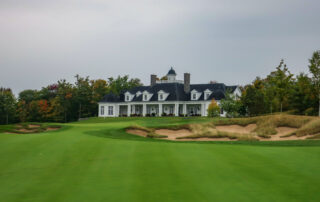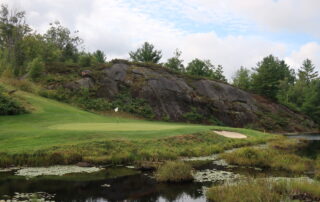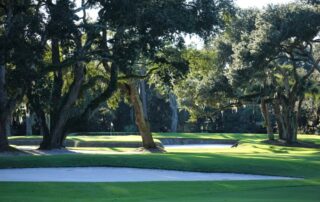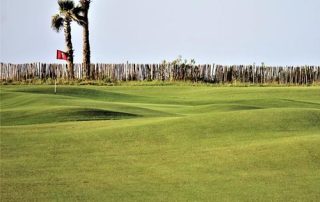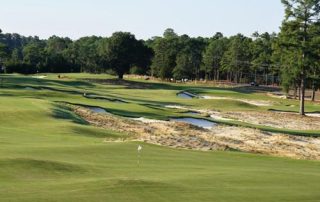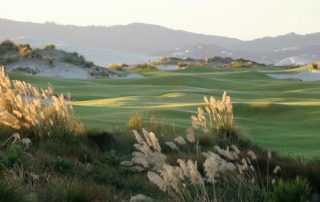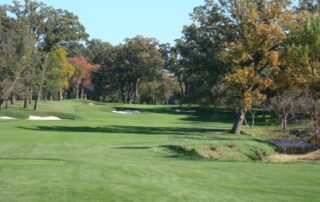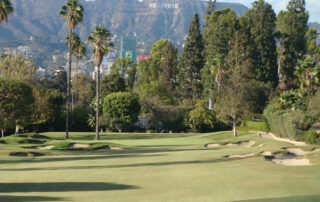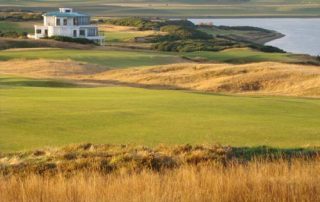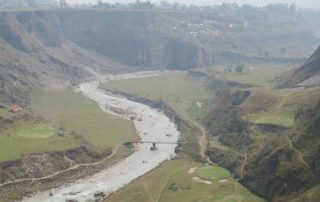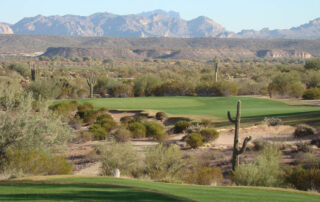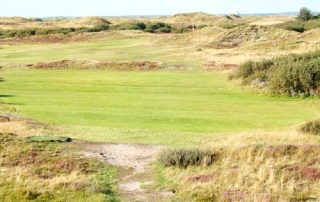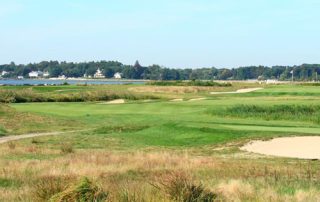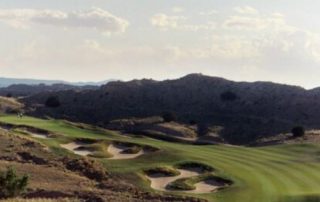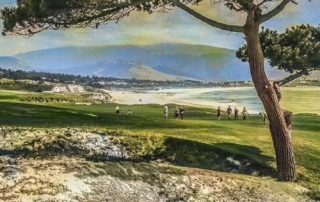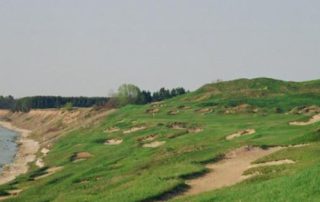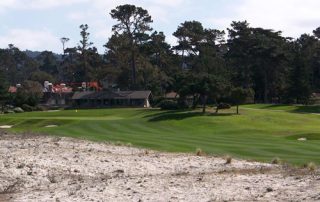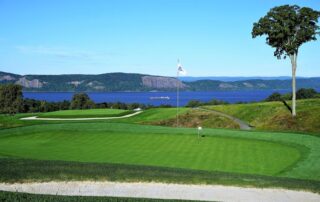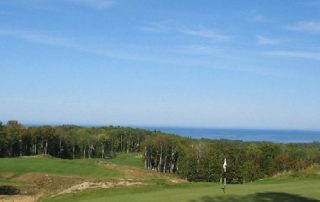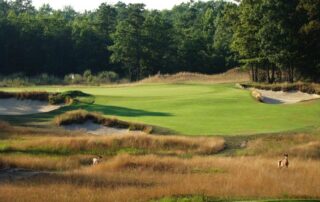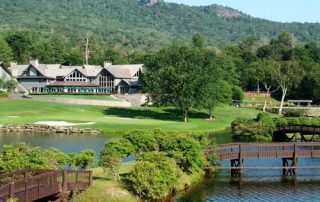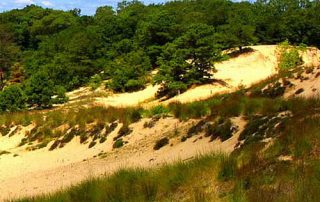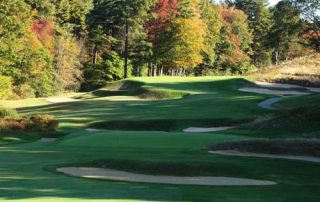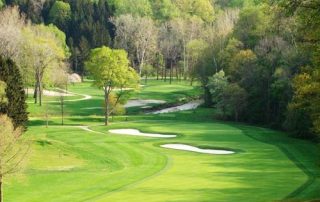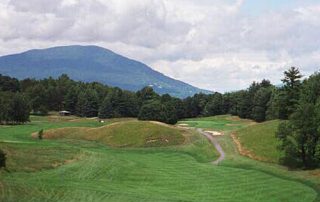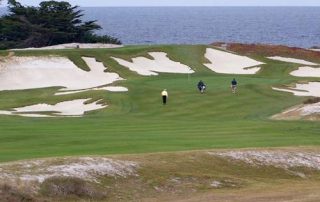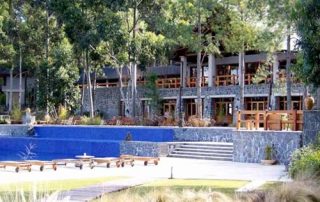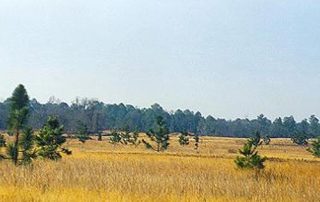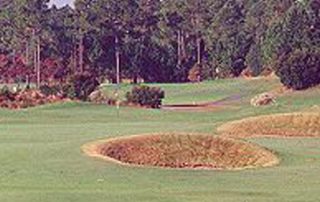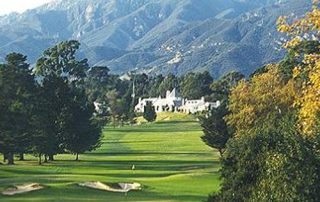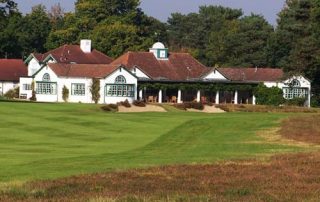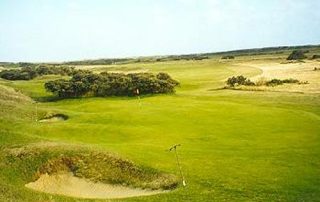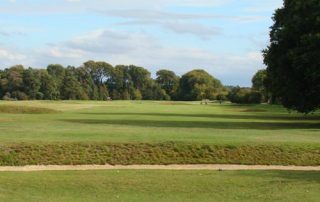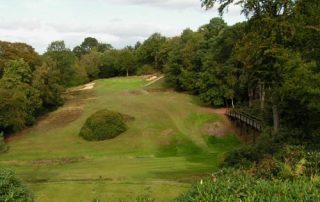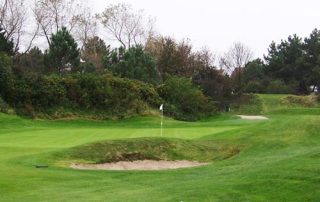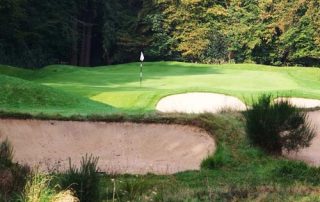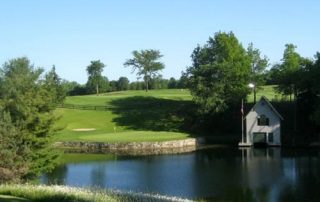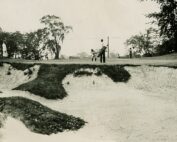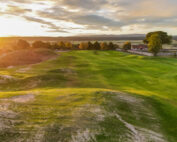

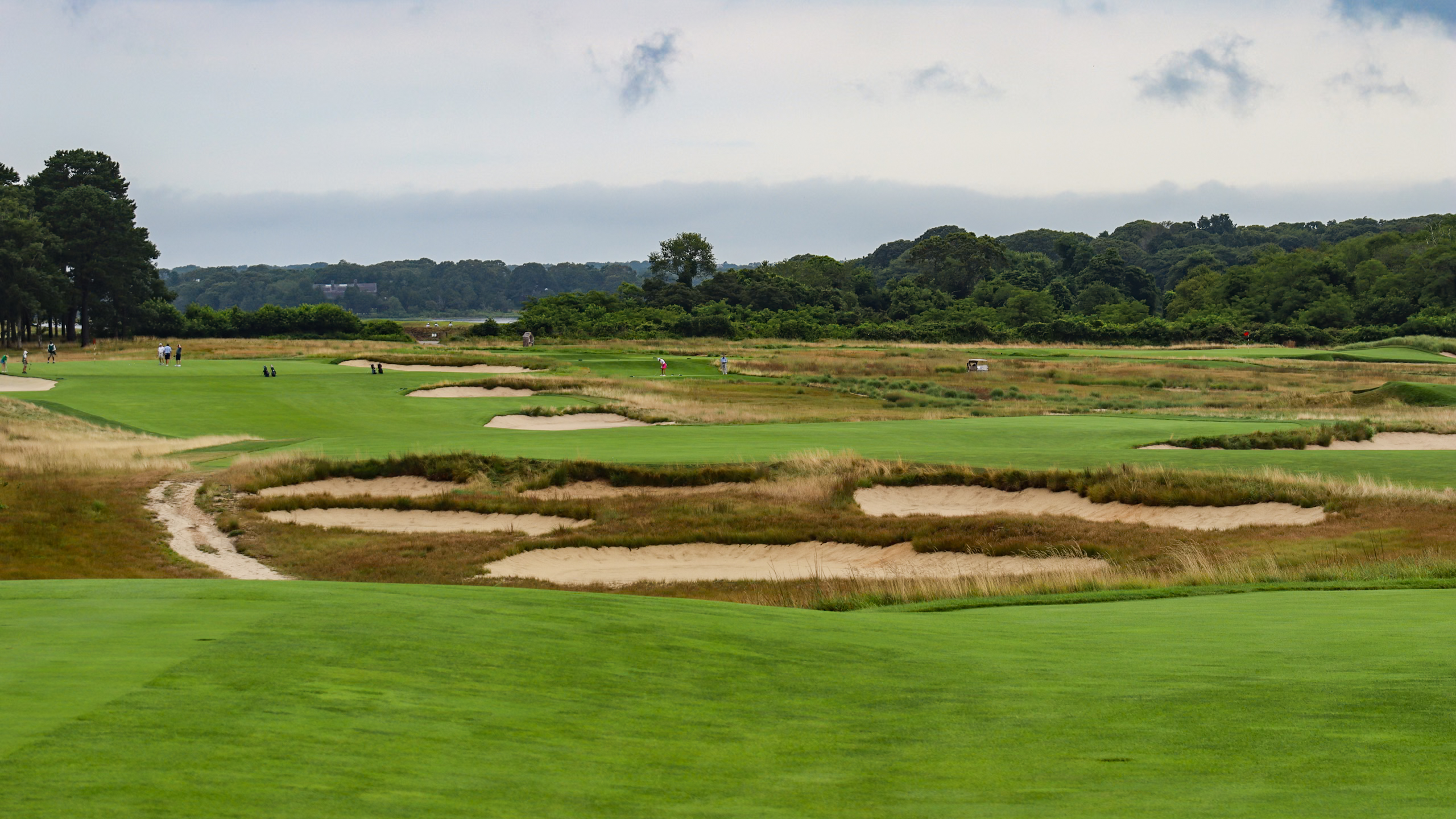







THE STUDY OF
GOLF COURSE ARCHITECTURE










THE STUDY OF
GOLF COURSE ARCHITECTURE
Latest Course Profiles
The Park, West Palm (Lit 9) [2023]
Scottsdale National (Other & Bad Little Nine) [2019]
Campo de golf del Parador de El Saler (2018)
The Cradle & Thistle Dhu (2019)
Cabot Highlands (Castle Stuart) [2016]
Rock Creek Cattle Company (2016)
Trump International Golf Links (2013)
Cabot Cape Breton (Links) [2013]
Country Club of Fairfield (2012)
California Golf Club of San Franciso (2012)
Yale University Golf Course (2007)
World Woods (Pine Barrens) [2000]
National Golf Links of America (2004)
Whistling Straits (Straits) [2002]
Monterey Peninsula (Dunes) [2007]
Pulpit Club (Paintbrush & Pulpit) [2003]
Cape Breton Highlands Links (2006)
Royal Portrush (Dunluce) [2006]
Country Club of Charleston (2016)
The Carnegie Club at Skibo Castle
Royal Worlington & Newmarket (2009)
Recent Articles & Opinion Pieces
Early Thoughts From a Too-Early Visit to High Grove Club
By Andrew Harvie|2025-02-04T08:17:27-05:00February 4, 2025|
A Celebration of The Squeeze: Mike Nuzzo’s Solo Addition to Cabot Citrus Farms
By Andrew Harvie|2025-01-14T13:09:47-05:00January 14, 2025|
Ranking All Thirty Holes Designed for TGL
By Andrew Harvie|2025-01-06T21:05:49-05:00January 6, 2025|
2024’s Eclectic 18
By Andrew Harvie|2024-12-18T16:50:22-05:00December 18, 2024|
An “Early Thoughts” Followup From Pinehurst Resort (No. 10)
By Andrew Harvie|2025-03-05T18:45:12-05:00December 9, 2024|
Feature Interview with Josh McFadden
By Andrew Harvie|2024-11-28T13:58:24-05:00November 26, 2024|
Colt, Park, and Tillinghast: The Last Remnants of Canada’s Greatest Golfing Neighbourhood
By Zachary Car|2024-11-25T09:21:57-05:00November 25, 2024|
Early Thoughts From a Too-Early Visit to Cabot Highlands (Old Petty)
By Andrew Harvie|2024-11-21T20:46:45-05:00November 21, 2024|
Feature Interview with Andrew Harvie
By Ran Morrissett|2024-11-19T15:55:20-05:00November 19, 2024|
Golf’s Post-Punks and the Catch-22 of Following The Golden Generation
By Zachary Car|2024-11-19T00:36:30-05:00November 18, 2024|
The Evisceration of Herbert Strong’s Manoir Richelieu
By Andrew Harvie|2024-11-19T00:37:53-05:00November 18, 2024|
147 Custodians +3
The 147 (+3) golf courses that uphold the spirit of the game, in the eyes and opinion of Ran Morrissett.
Latest YouTube Video
Recent Podcast Episodes
Newsletter
Stay up to date in the world of golf course architecture with Golf Club Atlas with a weekly newsletter covering featured posts, recent articles, trending forum topics, and news in the world of golf.




